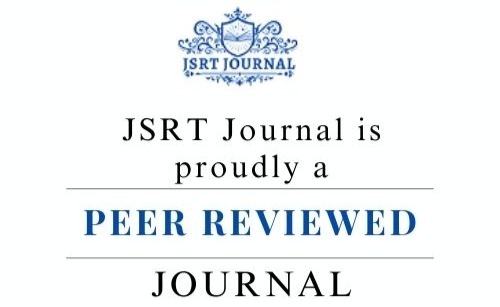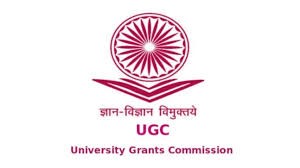Thermal and Electrical Conductivity in Solid-State Materials: An Analytical Review of Mechanisms and Applications
Keywords:
Thermal conductivity, nanotubes, graphene.Abstract
Thermal and electrical conductivities are fundamental properties that govern the performance of solid-state materials in various applications, from electronics to energy systems. This review aims to provide a comprehensive analysis of the mechanisms that govern the thermal and electrical conductivity in solid-state materials, focusing on phonon interactions, electron scattering, and material-specific behaviours. We discuss the impact of temperature, material composition, and structural properties on conductivity, including the influence of impurities, defects, and phase transitions. The review also explores the latest advancements in nanomaterials and low-dimensional systems, such as carbon nanotubes, graphene, and 2D materials, that have demonstrated enhanced conductivity for potential applications in thermal management, semiconductors, and energy storage. By combining theoretical models, experimental findings, and application-oriented discussions, this review highlights the crucial role of understanding conductivity mechanisms for advancing material design in modern technologies.











